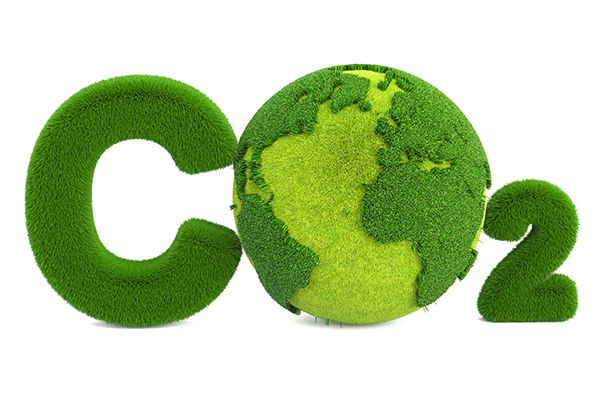One of the biggest challenges for green renewables energy is to deal with the periods when ,the sun doesn’t shine and the wind doesn’t blow. At the grid-scale level, energy storage is needed to efficiently manage the dynamics of demand and supply.
According to new report by EIA, China is building pumped-storage hydropower facilities to increase the flexibility of the power grid and accommodate growing wind and solar power. As of May 2023, China had 50 gigawatts (GW) of operational pumped-storage capacity, 30% of global capacity and more than any other country.
China’s pumped-storage capacity is set to increase even more, with 89 GW of capacity currently under construction. Developers are seeking governmental approvals, land rights, or financing for an additional 276 GW of pumped-storage projects, according to the data from Global Energy Monitor.
Pumped storage is a type of energy storage. When demand is low (or supply is high), pumped-storage hydropower plants pump water from a lower reservoir to an upper reservoir. Later, when electricity demand is high (or supply is low), the water is released from the upper reservoir through a turbine into the lower reservoir, generating electricity.
Pumped storage helps balance excess electricity that is produced by solar and wind, acting like a giant battery. Grid operators have to keep the amount of electricity produced balanced with the amount of electricity consumed. Because wind and solar generation depend on whether the sun is shining or the wind is blowing, they can’t be ramped up and down the way other types of power plants can. Any excess electricity they generate must be stored to avoid losing it. Pumped-storage plants can store the excess wind and solar generation for later use. This supply management helps offset the variability in solar and wind.
This flexibility is particularly important in China, which has a large and growing share of wind and solar power in its generation mix. In 2021, wind and solar combined generated 12% of China’s electricity, according to our International Energy Statistics. As wind and solar play an increasingly significant role in China’s electricity mix, the surplus energy generated will need to be stored. Otherwise, it will have to be curtailed, meaning some of the wind and solar power will not be used.
China’s installed capacity of renewable energy generation has surpassed 1.1 billion kW, nearly four times from a decade ago and accounting for over 30 percent of the world’s total installed capacity of renewable energy. China’s installed capacity for hydropower, wind, solar and biomass power generation has gained top spots worldwide, data from the National Energy Administration showed.
Chinese authorities are investing heavily in green energy. The country has become a world leader in solar and wind power, The renewables revolution enhances the global leadership of China.
This represents a 25% jump from the previous record set in 2021, according to Bloomberg, which reports that China added around 35 gigawatts of wind and solar capacity in the first half of 2022. More is expected as authorities and the private sector attempt to meet annual targets.
China would build “the largest” scale of solar and wind power generation capacity “in history”. He referred to the second “batch” of mega clean energy bases, which will contain large wind and solar farms with a combined installed capacity of 455 GW and are mainly located in the Gobi and other deserts. Projects accounting for 200 GW are scheduled to be completed by 2025, with 150 GW to be sent to the more populated eastern coastal provinces. The rest of the 255 GW is planned to be completed by 2030, with 165 GW expected to be exported.
China has invested $380 billion n in clean energy in 2021, more than any other country in the world. The world’s largest investor in green energy has proven that solar and wind projects can be built at a massive scale and rapid speed.
Chinese government and their companies now dominate many of the clean energy industries that the world is finally embracing in the fight against climate change.
China is also boosting renewable energy production as it attempts to meet climate goals and also reduce dependency on external energy supplies.
Discover more from Green Innovation News
Subscribe to get the latest posts sent to your email.






